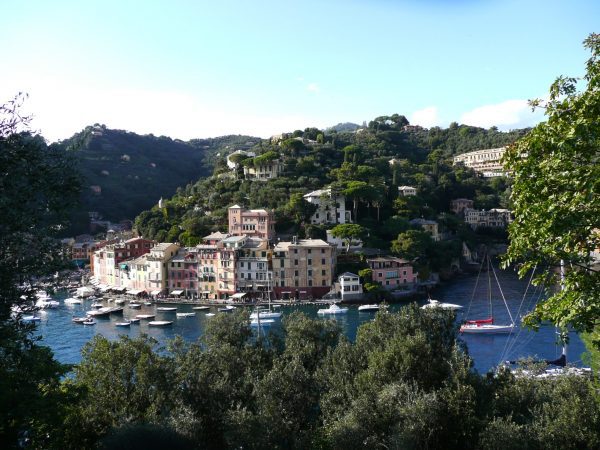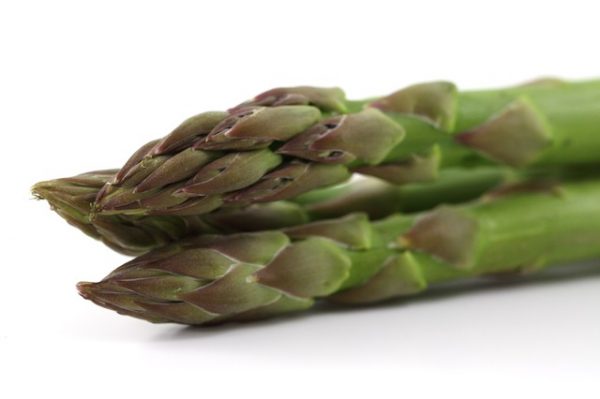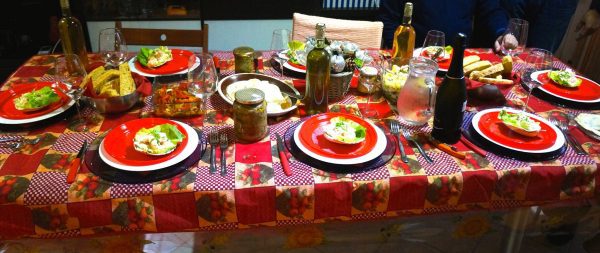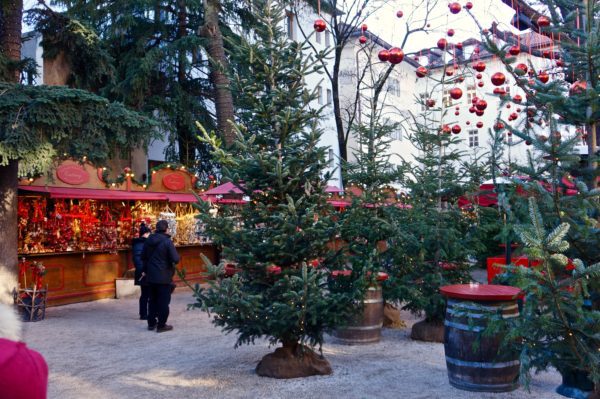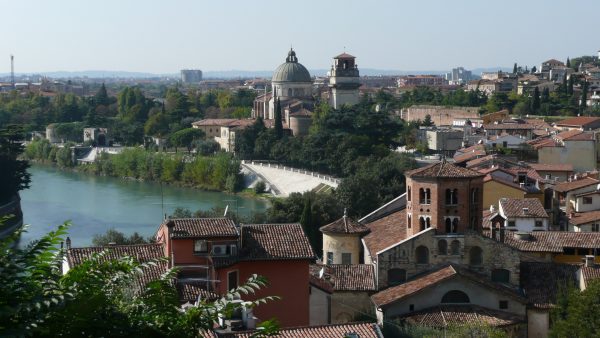Looking for a word to express beauty? Look no further than Italian. The Italian language has many words which capture the essence of beauty in any context.
Continue ReadingItalian journeys
Early spring vegetables and fruit in Italy
Spring vegetables are being harvested almost 20 days earlier than usual. This is due to Italy having recorded the second warmest winter in two centuries. The mild winter has resulted in the early maturity of many fruits and vegetables such as beans, asparagus and strawberries. Ask your local Italian greengrocer for some of these seasonal vegetables (in Italian of course!)
Continue ReadingLiving like a local in Genova
The experience of living like a local is what many of us aspire to when we travel. Try a slice of life in the historical centre of Genova.
Continue ReadingMerry Christmas e Buon Natale from Italia!
Merry christmas to everyone from Italy! Have a joyous christmas with your loved ones! Wishing you peace and happiness for the festive season. Tanti auguri!
Continue ReadingChristmas celebrations Italian style
My first christmas in Italy and what a celebration! In fact, two days of it. Christmas eve (vigilia di Natale) with my dear friend Emi and her wonderful family, including i nonni. Christmas day (il giorno di Natale) with my other special friends Rosa and Roberto and their families. After a few days of pre-christmas frenzied activity—the Italians […]
Continue ReadingChristmas markets in Italy
Italians love celebrations and christmas is a big one! They are out and about buying gifts and christmas ornaments, christmas trees and beautiful wreaths and trimmings. Christmas markets are very popular, especially in towns like Bolzano where the mercatino di natale attracts crowds of people. The stalls (bancarelle) sell mostly handmade ornaments and gifts and […]
Continue ReadingCultural visits in the Veneto and Lombardy
Like many regions in Italy, the Veneto is a rich cultural centre, and along with Mantova in Lombardia, there’s lots to see and do at any time of the year. These are a few of the current exhibitions I visited over a few days.
Continue ReadingMarvellous Mantova
Marvellous Mantova! For everything from its delicious Tortelli di zucca, to its magnificent palaces which are surrounded by beautiful gardens and filled with art
Continue Reading
